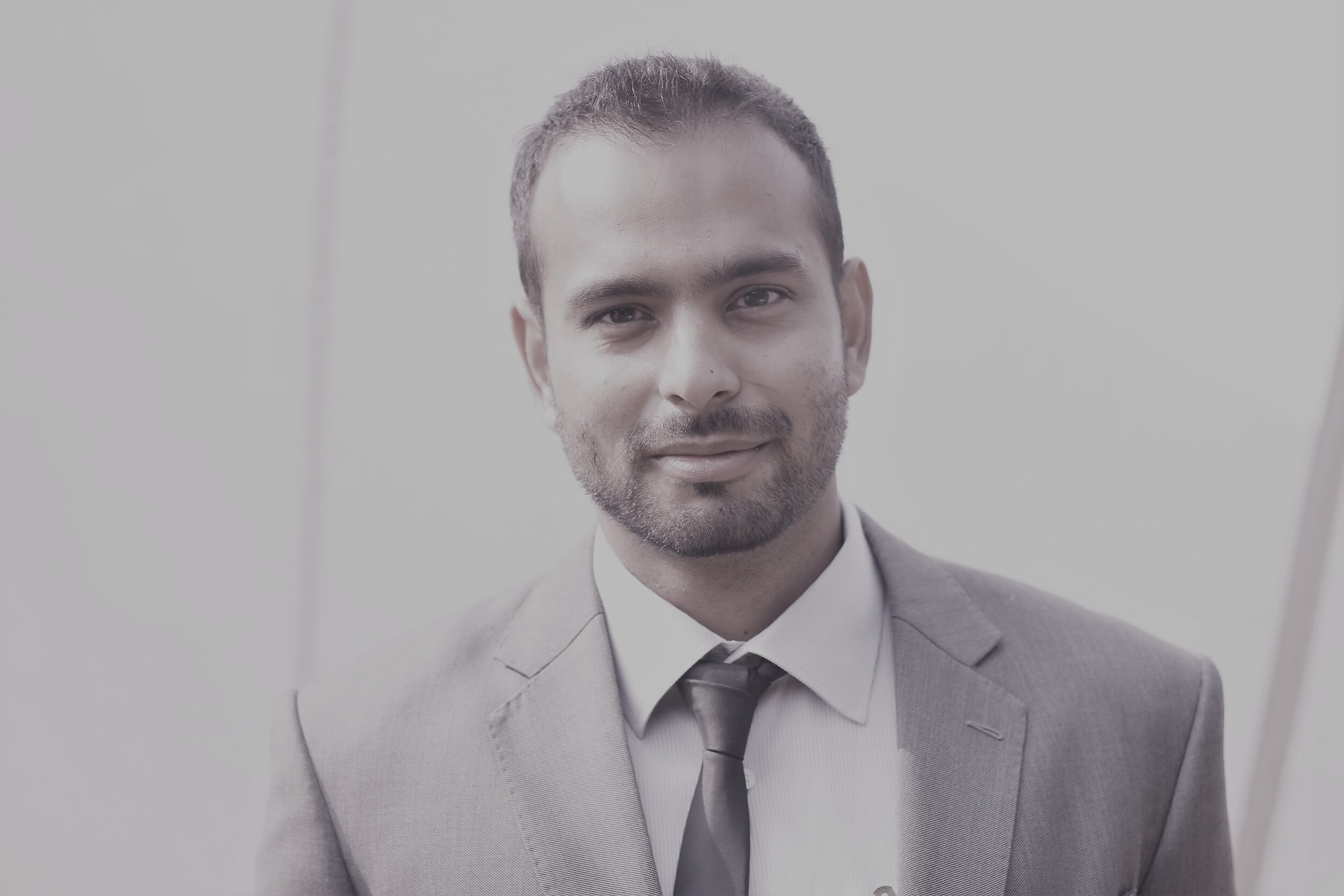From Ideation to Execution: The WHT Enterprise Challenge
Scholars sharing their business ideas.
Slowly and steadily I have watched our ideas start to take shape. On the 21st of October, the Weidenfeld-Hoffmann Scholars gathered at the Saïd Business School to begin the significant journey of understanding the user of their product or service.
This workshop was ably facilitated by Charlie Curtis and former WHT Scholar and Saïd Business School alum, Atherton Mutombwera (2017, Zimbabwe, Master of Business Administration). The ideas presented ranged from health technology, and water and sanitation, to arts and culture preservation, and crime reduction. The key feature among all of our ideas is the desire to positively impact the ecosystems within which we each operate.
In order to have the intended impact in our ecosystems, it is imperative that we understand them, and so Charlie led the group through the concept of Business Model Canvassing. The Business Model Canvas, first proposed by Alexander Osterwalder in his book, Business Model Ontology, is a business tool that helps one identify and categorise all the key relationships, activities and challenges of the proposed business, on one page. The categories include: Key Partners, Key Relationships, Value Proposition, Customer Relationships, Key Resources, Customer Segments, Social & Environmental Cost & Revenue Streams.
An example of a Business Model Canvas from Strategyzer.
By thinking through these issues, you could layout a 360-degree perspective on your business. This allows you to identify weaknesses, strengths and untapped opportunities.
The second exercise we were taken through during this session was customer profiling. This exercise involved thinking about what the typical customer of our product or service looked like. We considered the daily routine of our typical customer, what their likes and dislikes are, their hobbies, what they like to eat, what they like to wear, etc. We did this to identify whether there are certain 'pain points' which could be improved through our products or services, and how best to integrate these into their lives. For a lot of people in our group this was especially valuable since it was a new way of thinking through an issue. Another key takeaway from this exercise was that we got a fair idea of whether our proposed enterprises would solve real problems or not. This was a very important exercise as it's quite common for enterprises to create solutions where there are no problems to begin with.
It has been amazing to see how quickly we have gone from aspirational ideas to creating structure around these ideas. I believe at this rate, we should be quite well-placed to pitch our ideas at the Leadership Forum in June. I hope this experience of thinking through the incubation of an enterprise will stick with us and help to make us well-rounded professionals, as we take up various leadership positions in our respective fields. We are grateful to the Weidenfeld-Hoffmann trust for providing us with this fantastic, one of a kind coaching and learning opportunity.



